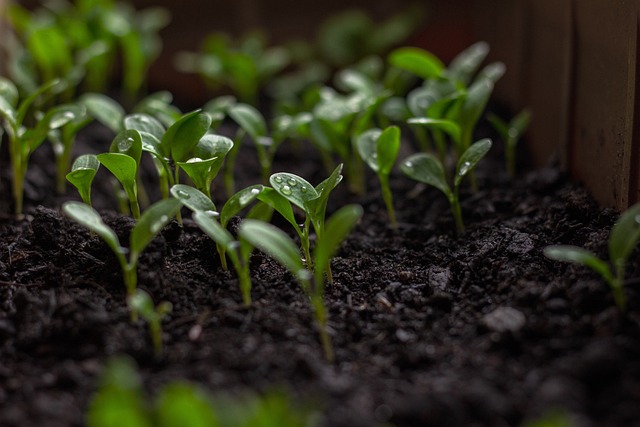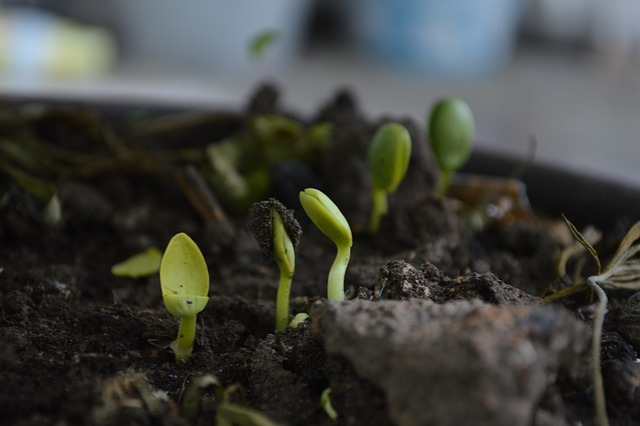Soil Conservation Practices: Nurturing the Foundation of Agriculture
The soil is a precious resource that serves as the foundation for agricultural productivity and sustains life on Earth. However, factors such as erosion, nutrient depletion, and degradation pose significant threats to soil health and fertility. Implementing soil conservation practices is essential to preserve and enhance this vital resource. These practices help minimize soil erosion, improve soil structure, and promote sustainable agriculture. Here are some key soil conservation practices:
Conservation Tillage: Conservation tillage techniques aim to minimize soil disturbance during planting and cultivation. This practice involves reducing or eliminating plowing and using methods like no-till or reduced tillage. By leaving crop residues on the soil surface, conservation tillage protects against erosion, improves water infiltration, and enhances organic matter content.

Cover Cropping: Cover cropping involves growing specific plant species, known as cover crops, during periods when the main crops are not planted. Cover crops, such as legumes or grasses, help control erosion, suppress weeds, enhance soil fertility, and improve soil structure. They also capture and retain nutrients, preventing them from leaching into waterways.
Contour Farming: Contour farming is a technique that involves planting crops along the contour lines of a slope. By creating ridges and furrows, it helps slow down the flow of water and prevents soil erosion. Contour farming also promotes water infiltration and reduces runoff, allowing water to be effectively utilized by crops.
Terracing: Terracing is a practice used on steep slopes to create a series of flat areas, like steps, that follow the contour lines. Terraces help control erosion by reducing the speed of water runoff and promoting its absorption into the soil. They effectively prevent soil erosion on slopes, allowing for more sustainable cultivation practices.
Windbreaks: Windbreaks are rows of trees or shrubs planted perpendicular to prevailing winds. They act as barriers, reducing wind speed and minimizing soil erosion caused by wind. Windbreaks also provide habitat for beneficial insects, improve microclimate conditions, and enhance overall ecosystem biodiversity.
Nutrient Management: Proper nutrient management is essential for maintaining soil fertility and minimizing nutrient loss. It involves practices such as soil testing, precision fertilization, and using organic amendments. By applying fertilizers and organic matter according to crop requirements, farmers can optimize nutrient uptake and reduce the risk of nutrient runoff into water bodies.

Conservation Buffer Strips: Conservation buffer strips are areas of vegetation, such as grasses or native plants, planted along streams, rivers, or field edges. These strips help filter and capture sediments, nutrients, and pesticides before they reach water bodies. They act as buffers, protecting water quality and preventing soil erosion.
Implementing soil conservation practices requires a holistic approach and a combination of techniques tailored to specific land characteristics. Conservation practices not only protect the soil but also contribute to overall ecosystem health, water quality, and biodiversity conservation. By adopting these practices, farmers can ensure long-term soil productivity, preserve natural resources, and promote sustainable agricultural systems for future generations.
